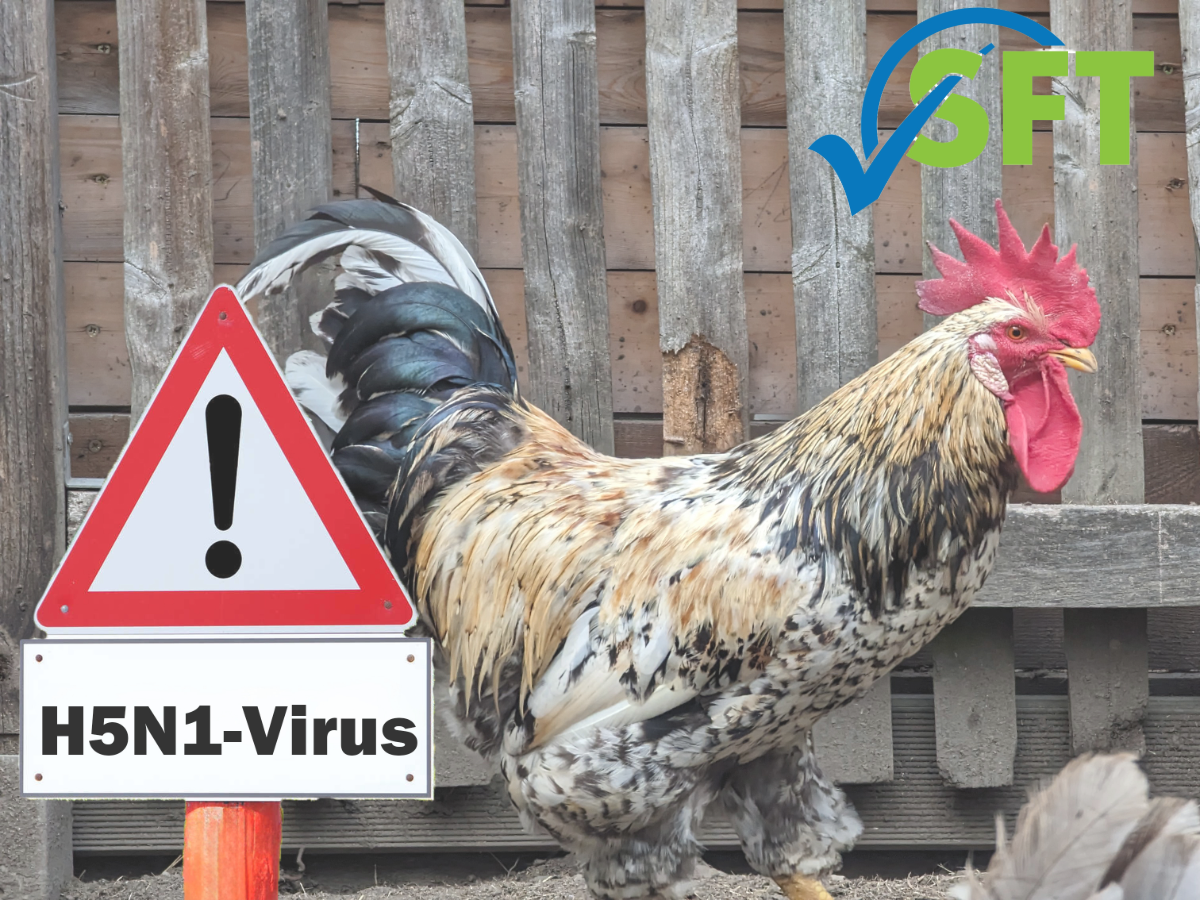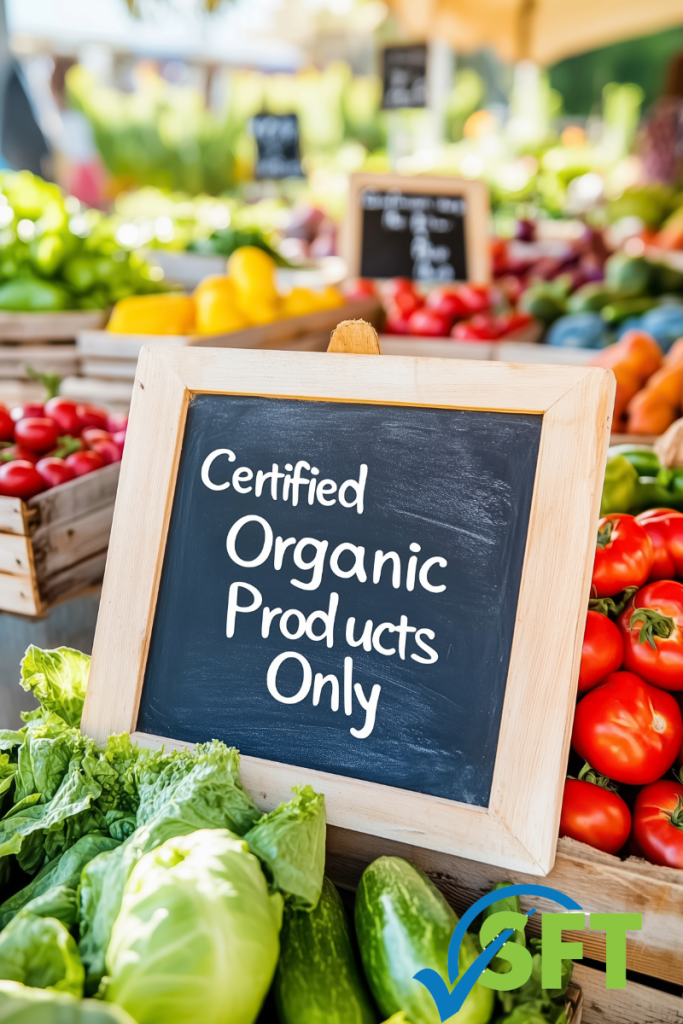
As we progress through 2025, the ongoing avian influenza (H5N1) situation, commonly referred to as bird flu, continues to require the attention of food service professionals across Minnesota. For the certified food protection manager, understanding the risks and reinforcing safety protocols is fundamental to protecting public health. Your role in upholding Minnesota food safety standards is more critical than ever, despite the low public threat.
The good news is that established food safety practices are highly effective against the virus. Properly handling and cooking poultry to an internal temperature of 165°F kills the avian influenza virus, which means your standard procedures are your best defense.
Understanding the Current Situation
It’s essential to stay informed without becoming alarmed. The CDC’s risk assessment for the H5N1 virus has stated that the risk to the general U.S. population is low. However, vigilance in a professional setting is key.
The situation remains dynamic, with the user-provided draft noting 70 confirmed human cases and one death in the U.S. as of late June 2025. This highlights the need for stringent professional standards.
- Impact on Supply: The poultry industry has been significantly affected, with millions of birds impacted by Highly Pathogenic Avian Influenza (HPAI). This can impact supply chains and underscore the importance of diligence in sourcing products.
- Low Transmission from Food: Health authorities have consistently emphasized that properly handled and cooked poultry and eggs are safe to consume. The system of inspection and safe handling protocols helps ensure affected products do not enter the food supply.
- Focus on Prevention: For the certified food protection manager, the focus is not on the field-level outbreak itself, but on preventing cross-contamination and ensuring all poultry products reach a safe cooking temperature.
Key Minnesota Food Safety Protocols for Avian Flu Prevention
Your leadership in implementing and enforcing food safety measures is the most powerful defense. Re-emphasize these core principles with your team to address any concerns related to avian flu and other foodborne pathogens.
- Verify Your Sources: Now is an excellent time to communicate with your suppliers. Ensure they are following rigorous biosecurity and testing measures for their poultry products. This is especially important for farm-to-table establishments that source directly from local Minnesota producers.
- Enforce Strict Temperature Control: This is a non-negotiable kill step. Cook all poultry, including whole birds, pieces, and ground products, to a minimum internal temperature of 165°F (74 °C). Use a calibrated food thermometer to verify the temperature in the thickest part of the product.
- Heighten Sanitation and Prevent Cross-Contamination: Raw poultry and its juices can contain various pathogens. Reinforce cleaning and sanitation protocols for all surfaces, cutting boards, and equipment that come into contact with raw chicken. Emphasize the importance of frequent and thorough handwashing for all staff after handling raw poultry.
Training Your Team for Heightened Awareness



An informed team is a safe team. As a certified food protection manager, it’s your responsibility to ensure every staff member understands their role in protecting your customers and your establishment’s reputation.
- Communicate Clearly: Hold brief pre-shift meetings to discuss the importance of your establishment’s poultry handling and cooking procedures. Use this as an opportunity to answer questions and dispel any misinformation.
- Focus on the “Why”: Don’t just tell your team to cook chicken to 165°F; explain that this temperature effectively destroys viruses like H5N1 and bacteria like Salmonella. A well-understood protocol is more likely to be followed.
- Invest in Ongoing Education: The food safety landscape is always evolving. Regular training and continuing education are essential for maintaining your team’s skills and keeping them up-to-date on emerging challenges. This is a core component of maintaining a robust Minnesota food safety culture.
By staying informed and doubling down on the foundational principles of food safety, you can confidently navigate the current avian flu situation. Your expertise as a certified food protection manager is the cornerstone of a safe dining experience for all Minnesotans.
Ready to enhance your team’s knowledge or get your required certification? Safe Food Training offers personalized, instructor-led options for your food safety certification in MN and continuing education needs.
Book your continuing education training and ensure you and your team are prepared for any challenge.






